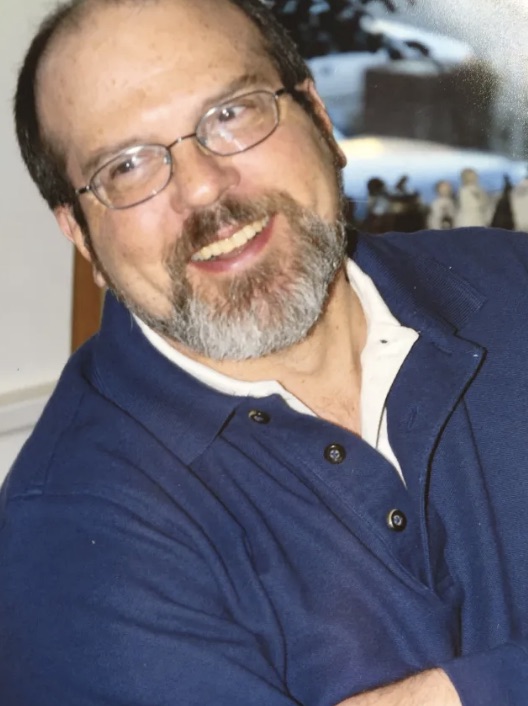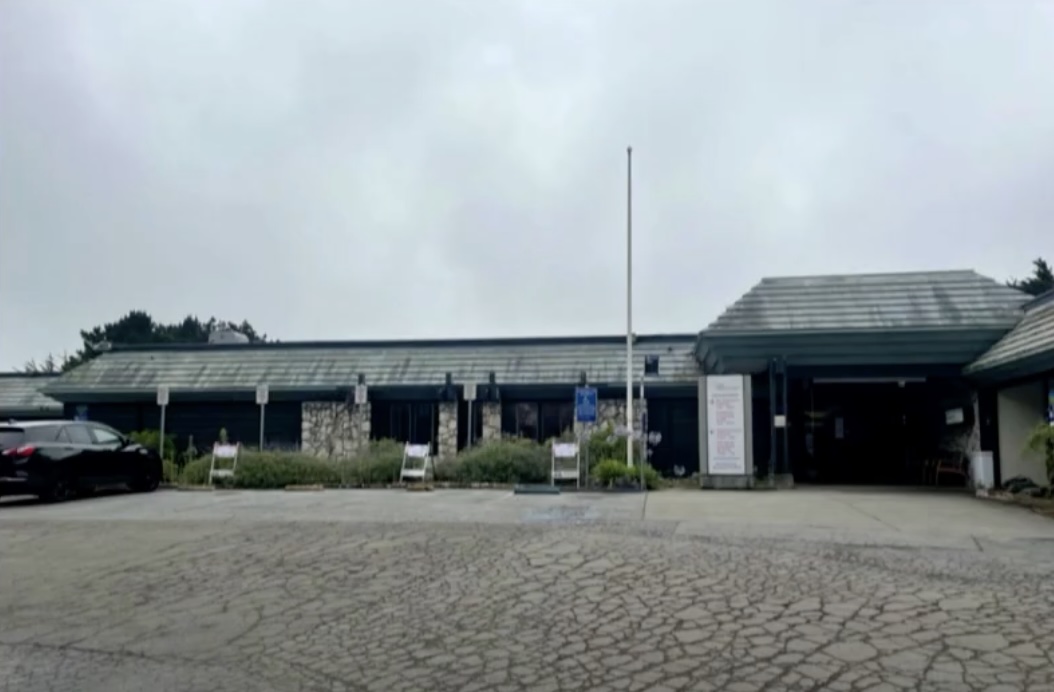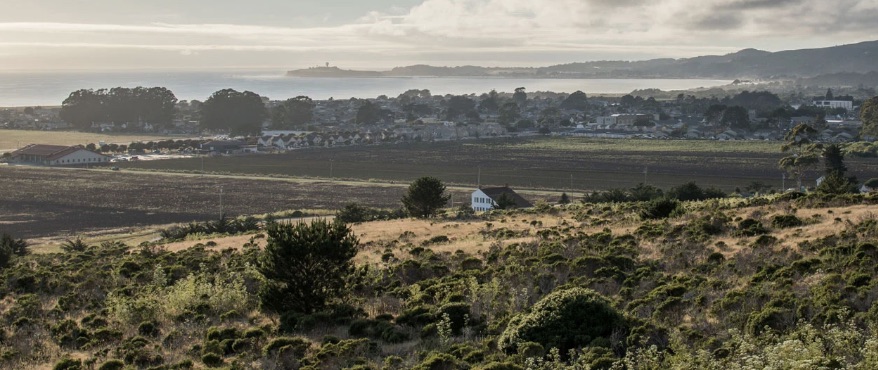|
Getting your Trinity Audio player ready...
|
OWN VOICE. ~ InPerspective by Gregg Dieguez —
Whether we are entering the worst drought in California history or not, there should be agreement that we face serious risks to a combination of water supply and the costs of that water. In the Bay Area, those risks are exacerbated by the Bay Delta Plan. Yet our Government (broadly defined) doesn’t seem to have answers for a series of tough questions. Please contribute to this dialog with your own questions and suggestions.
Footnotes: see the last page of the slide presentation.
Images: Click to enlarge for improved readability in a new window.
And based on last night’s MCC meeting, where an earlier version of this presentation was given, we don’t have the answers yet either. However, a group of us will be researching this further. Attached below is the slide show. But first here are the conclusions, and the tough questions we know of, so far. After that, I include some explanatory points on materials in the slide presentation:
CONCLUSIONS:
Most of the West is in a mega-drought, and has been for the past 22 years. Whether it’s the worst drought in history depends on your definition – it’s the driest it’s been in 1,200 years, but the two longest droughts were over a century. Those were before the human-caused Climate Crisis, so things are likely to be worse going forward. Our Pacifica and HMB water agencies have recently issued their Urban Water Management Plan (UWMP) updates, and both face cutbacks over 50% in coming dry years, but those percentages assume we all will continue to conserve another ~17% – so the real shortages are greater. None of the agencies has yet put a moratorium on new connections, and every New Joiner will increase the risks and costs of water supply.
TOUGH QUESTIONS:
● If we need to conserve water now, why are we allowing more connections?
● If we’re OK on supply, why do we need to conserve water?
● What are the initial and perpetual costs of the additional water required? Who will pay, and why?
● What is the capacity of the MWSD supply aquifers?
● Why should we continue conservation if the savings will just go to new joiners who further undermine our ongoing water security and affordability?
● If you own land, are you entitled to build?
● What guarantees are provided that more water connections won’t hurt existing users?
● Have we passed the Carrying Capacity of our State? Our County? Our region?
● Should New Joiners have the same water rights as existing?
● Should existing ratepayers pay the higher incremental costs of the water New Joiners require?
● Why aren’t future costs part of the planning process?
PRESENTATION and EXPLANATION:
Slide Notes:
5. Note that one year ago, only 3% of the West was in the top two categories of drought. Now over 65% is. 99% of the West is at SOME level of drought.
7. Over 60% of HMB water came from the Hetch Hetchy system in a normal year. During drought it’s likely much higher. BAWSCA is the group of two dozen water agencies who have contracts with SFPUC for that water, and it includes every major water agency in San Mateo and Santa Clara counties, and 3 in Alameda. [Note: San Jose and Santa Clara have only secondary water rights!]
8. Hetch Hetchy is still decently full, alone among Calif. reservoirs. However, low precipitation so far this year likely means next year it will be low.
9. Bay Area rainfall helps replenish the Pilarcitos and Crystal Springs reservoirs for the Hetch Hetchy system provided by BAWSCA. MWSD is fully dependent on local precipitation to fill its aquifers.
10. The Tuolumne River flow available to SFPUC will be further reduced by the Bay Delta Plan.
11. The Drought Emergency in our county doesn’t yet apply to S.F. because Hetch Hetchy is not yet low.
12. Several notes by hydrologists and other experts:
“The entire water system in the state of California was designed for a hydrology that no longer exists”
At Assymn. Berman webinar: “system designed for 10 million people and we have 40 million.”
From UWMP notes: “Adding differing decreases in precipitation on top of temperature increases, the median annual runoff at Hetch Hetchy would decrease by 7.6 to 8.6 percent from present-day conditions by 2040 and by 24.7 to 29.4 percent from present-day conditions by 2100. In critically dry years, these reductions in annual runoff at Hetch Hetchy would be significantly greater, with runoff decreasing up to 46.5 percent from present day conditions by 2100 utilizing the same climate change scenarios. “
13. The “water assurance” agreement BAWSCA and our local agencies have with SFPUC really isn’t one. Supply can be reduced in event of drought, and then the allocation %’s shift toward S.F. the less water there is.
14. HMB numbers understate the water shortage/cutbacks because they presume additional conservation of about 17% – similar #’s from CCWD.
15. If reserved water (e.g. for Affordable Housing) is not proportionally reduced the cutbacks for everyone else get much more severe. For example, if 15% of water is ‘reserved’ and the SFPUC cutback is 59%, plus 17% conservation, then the real cutback is 91%, but ratepayers can buy themselves net water availability of up to 26% with the conservation. Exact math should be provided by the water agencies.
16. Several reviewers noted that Agriculture uses about 80% of state water and can be redirected to urban use. Unclear what % Agriculture is of our water use Midcoast, so need to research that. Also, long term impact on food supply and cost for Calif. and the entire U.S. is a big question, but outside intended scope for this talk.
The slide show:
[pdf-embedder url=”https://www.coastsidebuzz.com/wp-content/uploads/2021/07/MCCDroughtPresBuzzArticle072921v2.pdf”]
FOOTNOTES:
For detailed sources, click the titles of any of the four articles on the last slide of the presentation. That will open up an article with a number of links and footnotes to detailed sources.
More From Gregg Dieguez ~ InPerspective
Mr. Dieguez is a native San Franciscan, longtime San Mateo County resident, and semi-retired entrepreneur who causes occasional controversy on the Coastside. He is a member of the MCC, but his opinions here are his own, and not those of the Council. In 2003 he co-founded MIT’s Clean Tech Program here in NorCal, which became MIT’s largest alumni speaker program. He lives in Montara. He loves a productive dialog in search of shared understanding.






